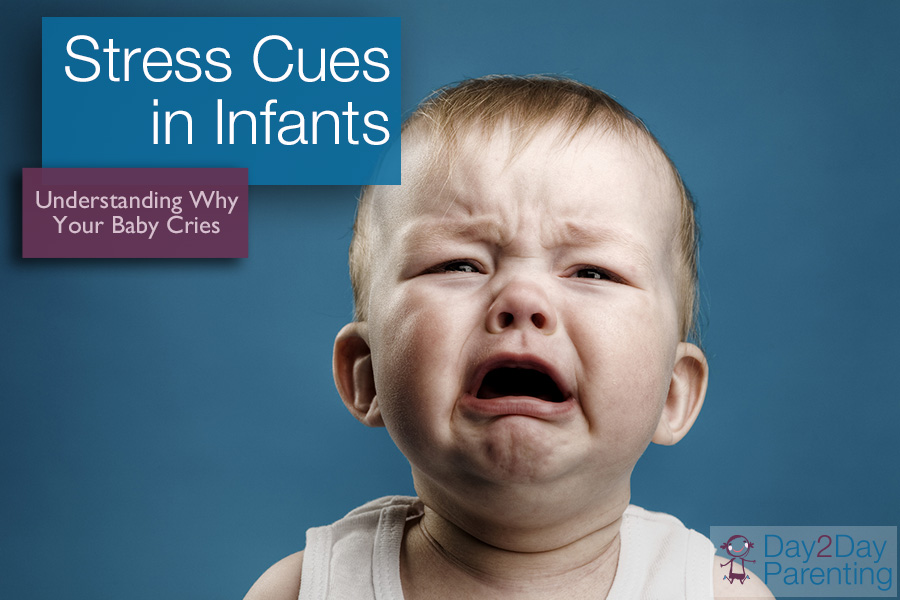Why is my baby crying?
It can be quite overwhelming to respond to the needs of your new baby let alone know what they need and when. Why is she crying? Why is she making that face? I wish she could tell me what she needed. These are all questions and thoughts that go through every parent’s mind. The good news is that your baby has ways of communicating…you just need to know how to understand her signals. You may begin to read your baby’s clear, and even the more subtle signals of what she may need to help strengthen your bond and relationship. This can decrease both your stress and your baby’s stress and increase your confidence that you know your baby best!
Your baby can communicate both signs of comfort/calm and signs of distress/discomfort. Of course each baby will give unique cues that you will be able to understand in time, but there are some basic cues to look for when figuring out what your baby is telling you.
There are signs that your baby is open and ready for interaction and is showing signs that she is happy and ready to play. Some of these signs of readiness are:
- Cooing
- Relaxed arms, legs, face
- Looking at objects or people
- Eyes open
- Smiling, or trying to smile
- Maintaining a flexed position (fetal position)
There are also signs that your baby may need a break or some support to help calm. Some of these signs of distress or discomfort are:
- Back arching
- Arm or leg extension
- “Sitting on air”- legs out straight enough that her butt is in the air
- Spreading out (splaying) fingers or toes
- Grimacing, frowning, crying
- Yawning, hiccups, sneezing
- Salute (hands blocking face)
- Gagging, spitting up
- Looking away (averting gaze)
Now of course every time your baby yawns or hiccups does not mean that she is in distress, but it may mean that she is starting to get overwhelmed and something may need to change in the environment to keep her from escalating. There are some cues that your baby may be showing you to tell you that she is trying to help regulate herself and stay calm and some steps that you can take to help your baby regulate if she can’t do it on her own:
- Grasping your finger, a blanket, or even her own hands together
- Sucking on her fingers
- Going into a light sleep
- Bracing feet against something
- Talking softly to him
- For younger infants, try shading their eyes as the bright light may be too much for them
- Decreasing the noise level or the light in the room or other stimulation and simply holding him
- Try swaddling her to help her calm herself
Being able to read these cues helps promote your parent-infant relationship. As you get to know your baby and your baby gets to know you, you will be able to read her cues more easily and know what she is “saying” to you and when she might need a break or might have a need that needs met.
Hillary Thomas, MS, Developmental Specialist

